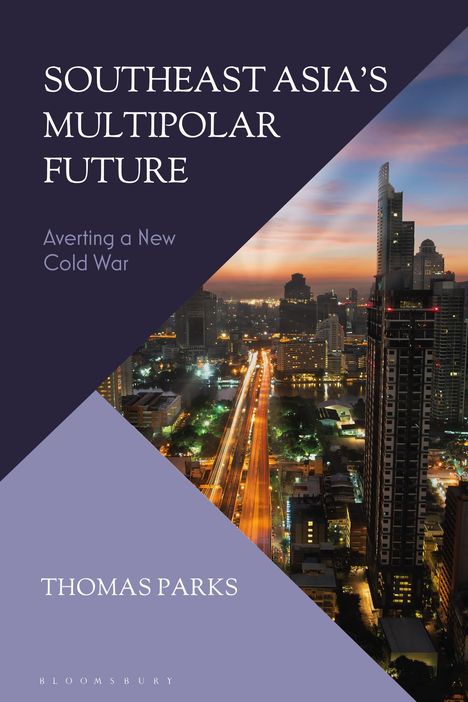Thomas Parks: Southeast Asia's Multipolar Future, Kartoniert / Broschiert
Southeast Asia's Multipolar Future
- Averting a New Cold War
(soweit verfügbar beim Lieferanten)
- Verlag:
- Bloomsbury Academic, 11/2024
- Einband:
- Kartoniert / Broschiert
- Sprache:
- Englisch
- ISBN-13:
- 9781350270824
- Artikelnummer:
- 11753758
- Umfang:
- 264 Seiten
- Gewicht:
- 454 g
- Maße:
- 234 x 156 mm
- Stärke:
- 25 mm
- Erscheinungstermin:
- 28.11.2024
- Hinweis
-
Achtung: Artikel ist nicht in deutscher Sprache!
Klappentext
Southeast Asia is rapidly becoming a competitive space for geopolitical rivalries. The growth in China-U. S. strategic competition is creating deep anxiety among Southeast Asia leaders, China's rising power is felt across every corner of Southeast Asia, and many leaders are worried about the long-term implications of rising Chinese influence in the region. The United States' increasingly assertive approach towards China is welcomed by some governments, but the growth in tensions is creating deep anxiety about a possible new Cold War. How can the region prevent a repeat of the divisions and bitter rivalries of the previous Cold War?
This book argues that Southeast Asia is emerging as an open, autonomous region, where small and middle powers can maintain their sovereignty and shape the regional order. Despite new superpower pressures, the region is moving towards a multi-polar order, with greater agency for Southeast Asian countries. The key to Southeast Asia's future may be other external powers - particularly Japan, Australia, India, and Europe - who can provide ASEAN governments with more diverse partnerships, enabling them to avoid the bipolar blocs of superpower rivalries. The book argues that external partners are helping to shape the geopolitical order by supporting ASEAN leadership and diluting the influence of great powers. Southeast Asian countries also have remarkable capacity to manage asymmetrical relations and balance external powers. The book describes the region's history of managing great power relations, drawing on historical and contemporary cases. By examining the dynamics between Southeast Asia and external powers, the book predicts that the region's future will look entirely different from its Cold War past.


